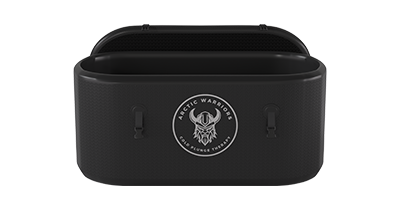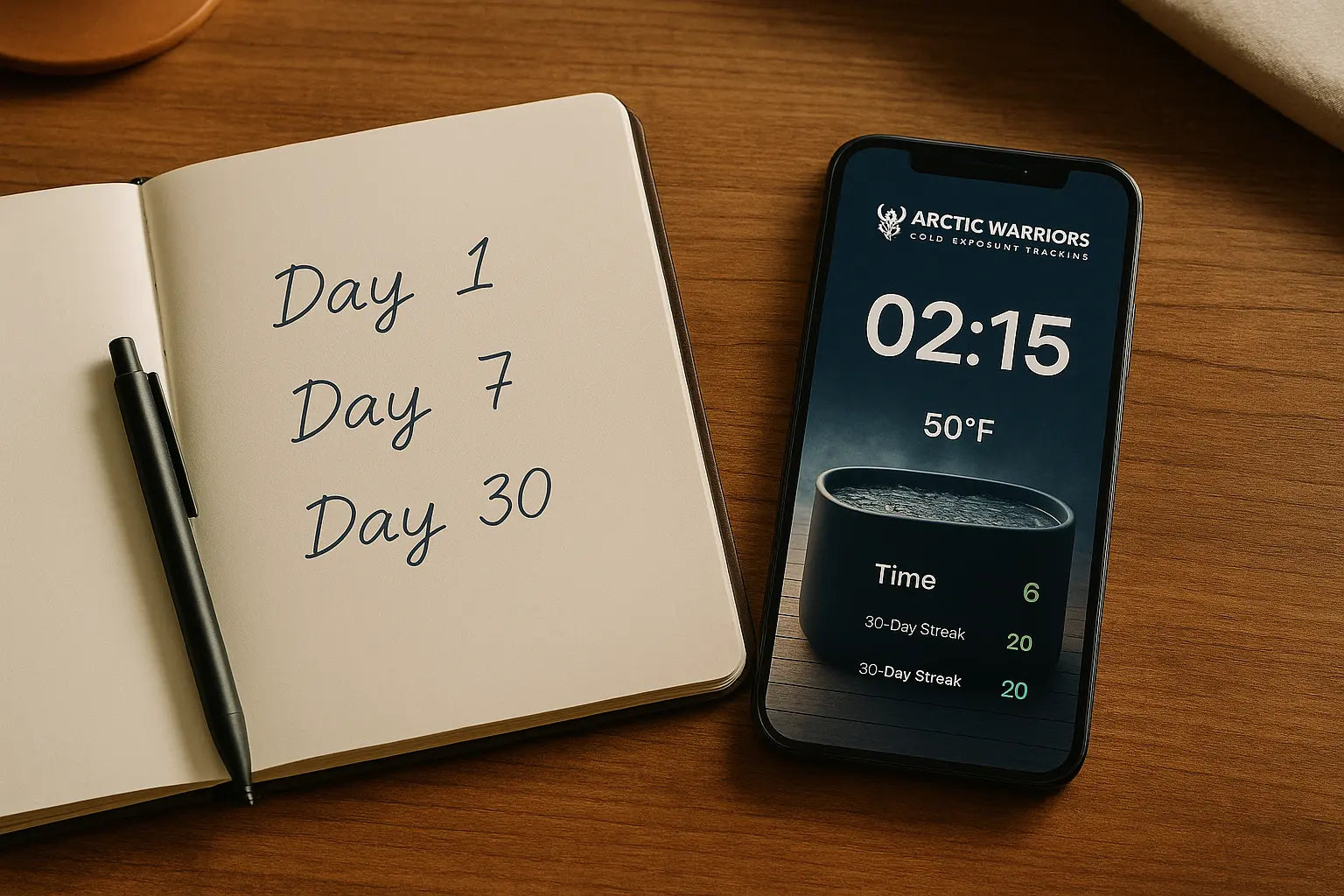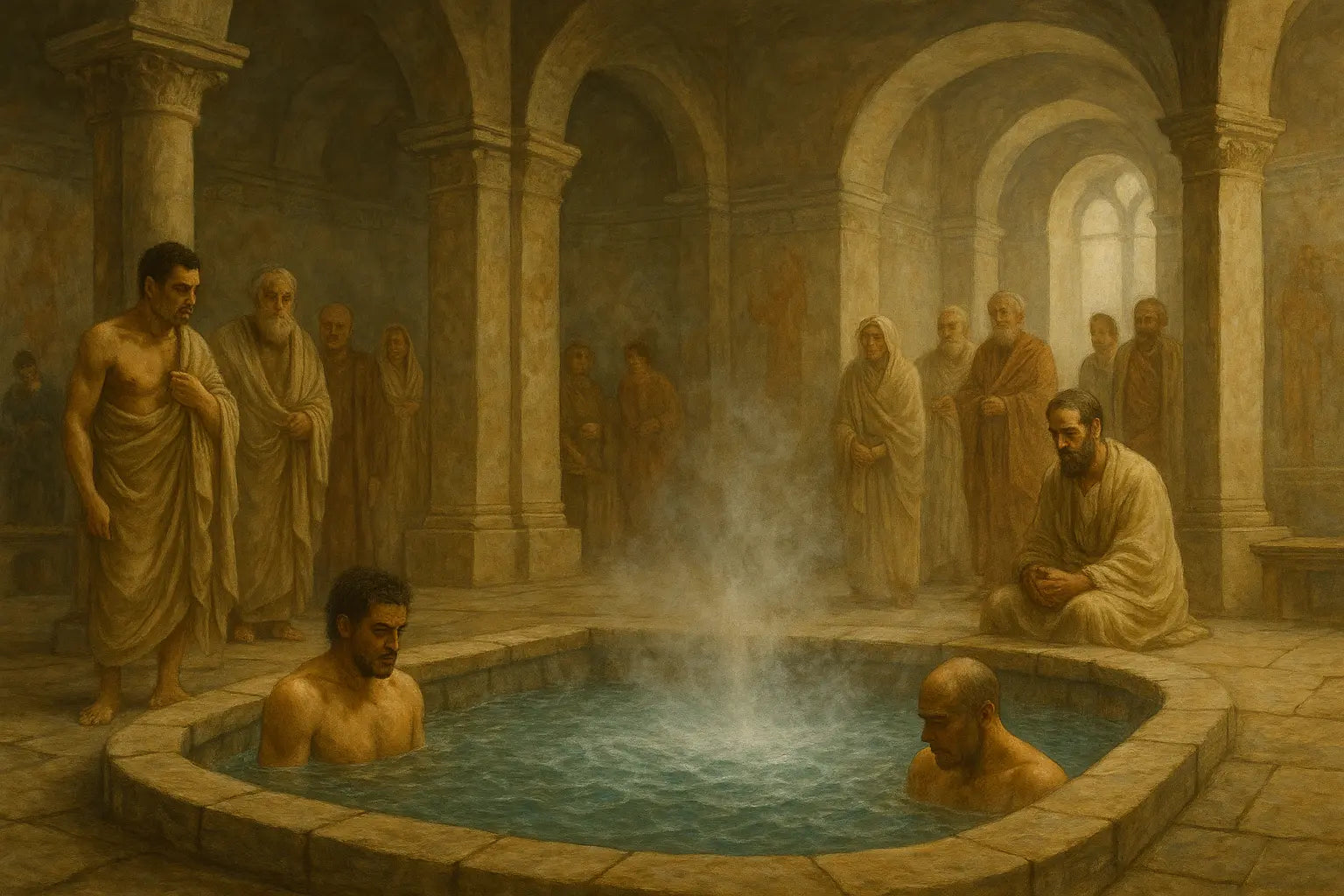Timeless Wisdom for Modern Recovery
Cold plunging may be trending now, but the truth is, it’s nothing new. Long before modern athletes and wellness influencers were dunking into ice baths for recovery, ancient civilizations were harnessing cold water for physical, mental, and even spiritual benefits.
In this blog, we’ll journey through history’s coldest ritualsfrom Roman bathhouses to Nordic fjords and uncover how cultures across the globe have long recognized the power of cold. By understanding where this practice comes from, we can better appreciate why it still matters today.
1. Ancient Rome: The Power of Contrast Bathing
The Romans were pioneers of hydrotherapy. In their elaborate public bathhouses, known as thermae, bathers would move through a cycle of hot, warm, and cold baths.

Cold Plunge in the Roman Ritual:
- Frigidarium: A cold pool designed to stimulate circulation and close the pores after time in hot baths (caldarium).
- Romans believed the cold pool revitalized the body, especially after intense physical exertion or steam sessions.
Today’s “contrast therapy” of switching between hot saunas and cold plunges mirrors this ancient wisdom.
2. Japan: Shinrin-yoku & Misogi Purification
In Japan, cold water purification rituals have spiritual roots. The practice of misogi involves standing under waterfalls or immersing in cold rivers to cleanse both body and spirit.

Why it mattered:
- Misogi was performed by Shinto practitioners seeking spiritual renewal, clarity, and discipline.
- Cold immersion was seen as a way to reset mentally and physically, much like we now use plunges to reduce stress and anxiety.
This shows how the mind-body connection in cold exposure isn’t a modern discovery—it’s deeply cultural.
3. Nordic and Scandinavian Traditions: Ice, Sauna, and Resilience
In Nordic countries like Finland, Sweden, and Norway, plunging into icy lakes after sauna sessions is a centuries-old tradition still practiced today.

The Nordic Secret:
- Moving between extreme heat (sauna) and extreme cold (lake or snow) enhances circulation, immunity, and mental toughness.
- It’s also deeply social—community saunas followed by plunges are part of the culture.
Modern studies now support what Scandinavians have known forever: this practice strengthens the cardiovascular system, boosts mood, and builds resilience.
4. Russia’s Ice Baptisms & Banya Rituals
Russian banya culture includes plunging into icy water or rolling in snow after intense steam sessions. But beyond the spa, cold water has religious symbolism.

Orthodox Ice Baptisms:
- Performed in January during Epiphany celebrations, people plunge into icy rivers to purify the soul and demonstrate faith.
- Seen as an act of spiritual bravery and cleansing.
This blend of physical challenge and ritual illustrates how cold exposure can be both a mental and spiritual act, not just a physical one.
5. Indigenous Practices: Respecting the Elements
Various Indigenous cultures across North America, Siberia, and Mongolia have used cold water as part of seasonal rites, vision quests, and healing rituals.

Common threads:
- Cold rivers, lakes, or ice baths used for rites of passage
- Belief that facing nature’s extremes leads to greater strength, clarity, and humility
This perspective teaches us to see cold plunging not just as a biohack—but as a practice of respect, presence, and connection to the natural world.
What We Can Learn Today?
Modern science is now proving what these ancient cultures intuitively knew. Cold plunging:
- Triggers positive stress responses that build resilience
- Improves mental clarity and focus
- Supports immune function and circulation
- Builds a deeper connection to body, mind, and nature
By honoring these time-tested traditions, we can approach cold plunging not just as a trendy wellness tool—but as a ritual with roots.
Bringing Ancient Wisdom into Modern Life
Here’s how to blend old-world principles with today’s practices:
|
Ancient Practice |
Modern Adaptation |
|
Roman bath cycles |
Contrast therapy (sauna + plunge) |
|
Misogi waterfall cleansing |
Morning cold shower or river dip |
|
Nordic lake plunge |
Ice barrel or cold tub post-sauna |
|
Spiritual cold rituals |
Use cold immersion for mindfulness & reflection |
Final Thoughts
The next time you step into a cold plunge, remember: you’re not just shocking your body, you’re stepping into a global tradition of resilience, recovery, and renewal. Cold plunging isn’t just about muscles or mood. It’s about honoring the enduring power of nature and our ability to rise through discomfort.
Whether in a sleek modern tub or a freezing mountain stream, the cold is calling, just as it has for thousands of years.



















